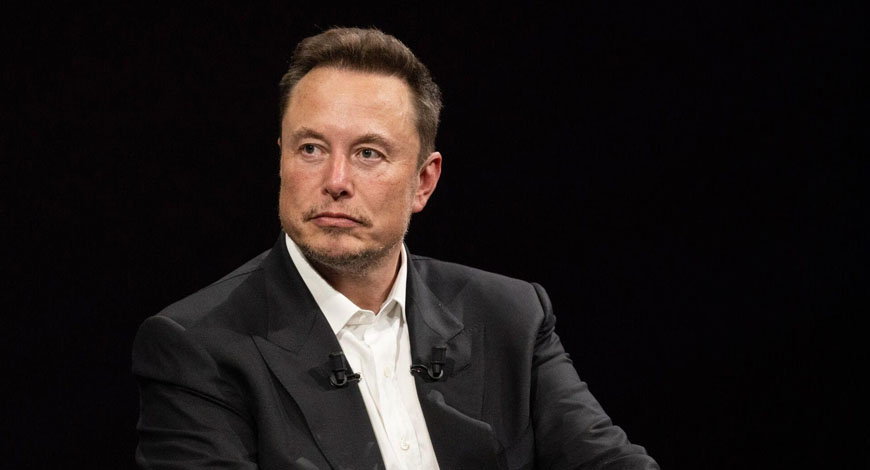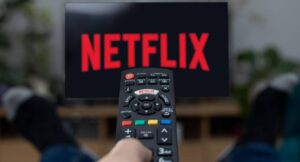According to Market Research Intellect, the global Commercial Geo Satellite Broadband market under the Aerospace and Defense category is expected to register notable growth from 2025 to 2032. Key drivers such as advancing technologies, changing consumer behavior, and evolving market dynamics are poised to shape the trajectory of this market throughout the forecast period.
The commercial GEO satellite broadband market is witnessing robust growth due to the rising demand for high-speed internet connectivity in remote and underserved regions. As global digital transformation accelerates, industries such as aviation, maritime, government, and enterprise sectors are increasingly relying on satellite broadband for consistent and wide-area communication. GEO satellites offer broad coverage and high data capacity, making them suitable for large-scale commercial applications. The expansion of smart infrastructure, growing use of cloud-based services, and increased video streaming demands are also fueling market growth. Furthermore, government initiatives to bridge the digital divide and the ongoing development of advanced high-throughput satellites (HTS) are enhancing service capabilities. This market is set to grow steadily as businesses prioritize uninterrupted connectivity and data-driven operations across diverse geographies.
Several key drivers are fueling the growth of the commercial GEO satellite broadband market. A major factor is the increasing demand for broadband services in rural and remote areas where traditional terrestrial networks are either limited or non-existent. GEO satellites, with their wide coverage and high capacity, are ideal for delivering consistent internet connectivity in these regions. Another driver is the rising need for reliable communication networks across various commercial sectors such as oil and gas, aviation, maritime, and emergency services, where ground infrastructure is often inadequate. The surge in bandwidth-intensive applications-including video conferencing, streaming, and cloud computing-is further propelling the demand for high-speed satellite internet. Technological advancements in satellite design, such as HTS and software-defined payloads, are enhancing performance and reducing latency. Additionally, supportive government policies and funding for broadband expansion initiatives are playing a crucial role. These factors collectively contribute to the strong momentum in the GEO satellite broadband market.
Global Commercial Geo satellite broadband market driver – Rising technological advancements and innovation
The global Commercial Geo Satellite Broadband market is being significantly propelled by rapid technological advancements and continuous innovation across product lines. As industries increasingly demand higher efficiency, better performance, and more environmentally sustainable solutions, manufacturers are investing heavily in R&D. These innovations lead to enhanced functionalities, cost efficiencies, and better integration with smart systems or digital platforms. For instance, the integration of IoT, AI, or automation capabilities in Commercial Geo Satellite Broadband systems enhances their appeal across sectors such as healthcare, automotive, and energy. Furthermore, companies that offer customizable and scalable solutions are gaining a competitive edge, as they cater to niche requirements while ensuring operational efficiency. This technological momentum not only fuels product adoption in established economies but also accelerates penetration into emerging markets where infrastructure and industrial needs are evolving rapidly. Consequently, technological progress remains a critical pillar supporting market expansion globally.
Global Commercial Geo satellite broadband market restraint – High initial investment and operational costs
One of the primary constraints impacting the growth of the global Commercial Geo Satellite Broadband market is the high upfront capital required for deployment, installation, and maintenance. For many small and medium enterprises, the cost barrier significantly limits access to advanced Commercial Geo Satellite Broadband solutions. Additionally, operational costs-especially in cases where energy consumption, skilled labor, or regular maintenance is involved-can further burden organizations seeking to upgrade or modernize their systems. This issue is more pronounced in developing regions, where budget allocations for technological upgrades are limited. Even when long-term benefits such as efficiency gains and regulatory compliance are evident, the steep initial expenditure can delay investment decisions. Moreover, fluctuations in raw material prices and logistical costs add another layer of financial pressure, especially in the post-pandemic economic recovery phase. These financial constraints collectively dampen adoption rates and restrict the scalability of the Commercial Geo Satellite Broadband market in cost-sensitive segments.
Global Commercial Geo satellite broadband market opportunity – Expansion in emerging economies
Emerging economies present a significant growth opportunity for the global Commercial Geo Satellite Broadband market due to rising industrialization, urbanization, and increasing government support for modernization initiatives. Countries across Asia-Pacific, Latin America, the Middle East, and Africa are witnessing infrastructure development and a growing focus on energy efficiency, healthcare improvements, and technological adoption. These factors create a conducive environment for Commercial Geo Satellite Broadband solution providers to expand their market reach. Moreover, the increasing availability of affordable financing options, growing public-private partnerships, and awareness campaigns are driving adoption across sectors such as healthcare, manufacturing, automotive, and utilities. As these regions continue to build capacity and improve digital connectivity, the demand for reliable, scalable, and sustainable Commercial Geo Satellite Broadband systems is likely to surge. Companies that localize their offerings and create region-specific strategies-such as cost-effective product variants or training and support-can tap into these fast-growing markets and build a strong competitive presence.
Global Commercial Geo satellite broadband market trend – Integration of sustainability and green technologies
A prominent trend shaping the global Commercial Geo Satellite Broadband market is the increasing emphasis on sustainability and the integration of green technologies. Governments and industries alike are setting aggressive targets for carbon neutrality and environmental responsibility, prompting manufacturers to align their products and operations with eco-friendly standards. This includes the use of recyclable materials, energy-efficient components, and low-emission manufacturing processes in Commercial Geo Satellite Broadband production. Furthermore, end-users are showing a clear preference for solutions that contribute to environmental goals without compromising on performance. Certifications and compliance with international sustainability standards also enhance marketability and foster customer trust. In sectors such as construction, energy, and transportation, the incorporation of green design principles in Commercial Geo Satellite Broadband products can even offer tax benefits or subsidies. As environmental consciousness continues to grow among stakeholders, this trend is expected to drive innovation and create a competitive edge for companies investing in sustainable development within the Commercial Geo Satellite Broadband market. openPR









